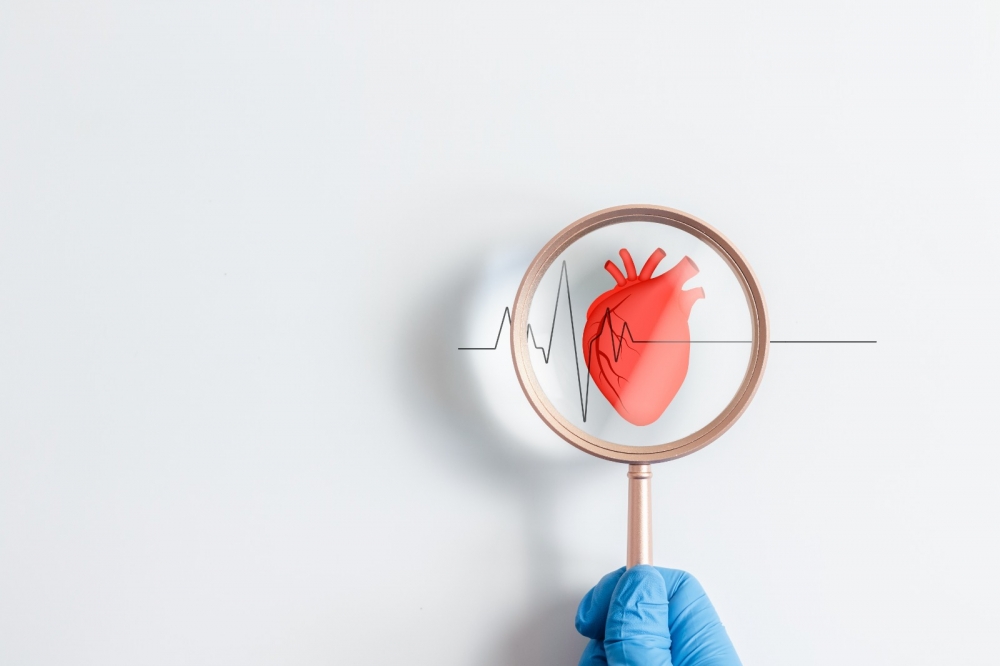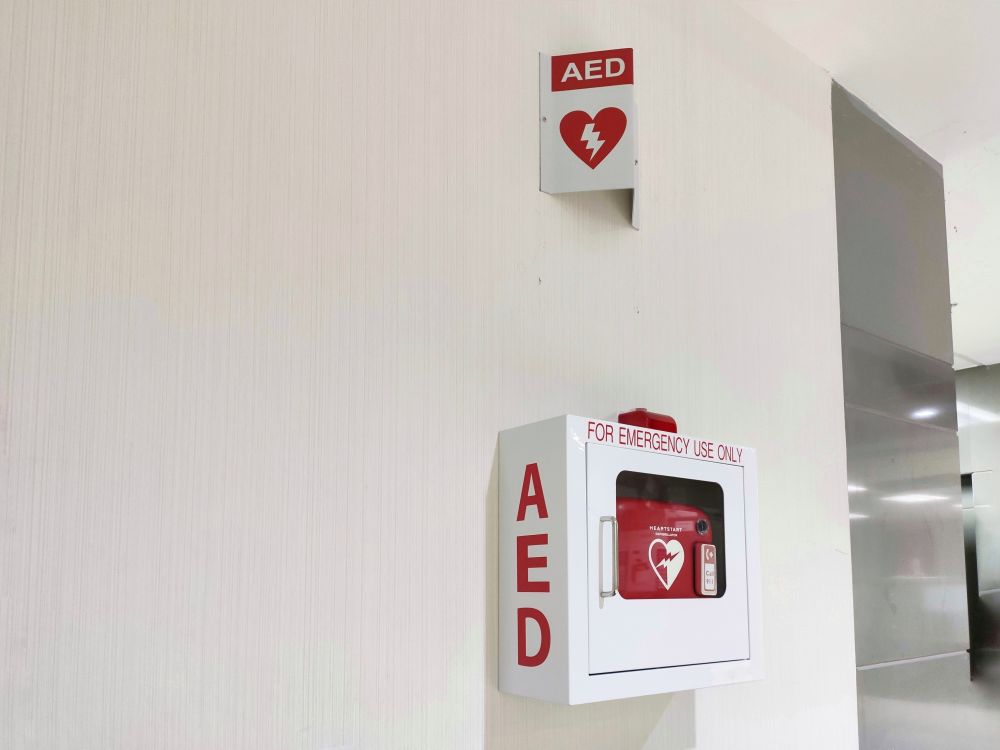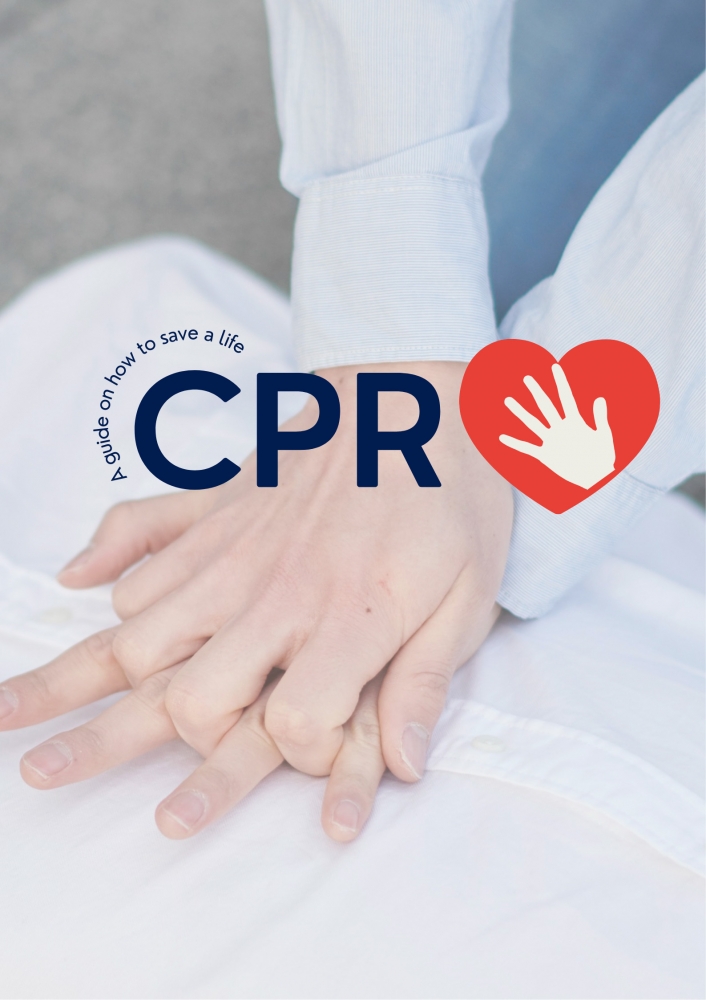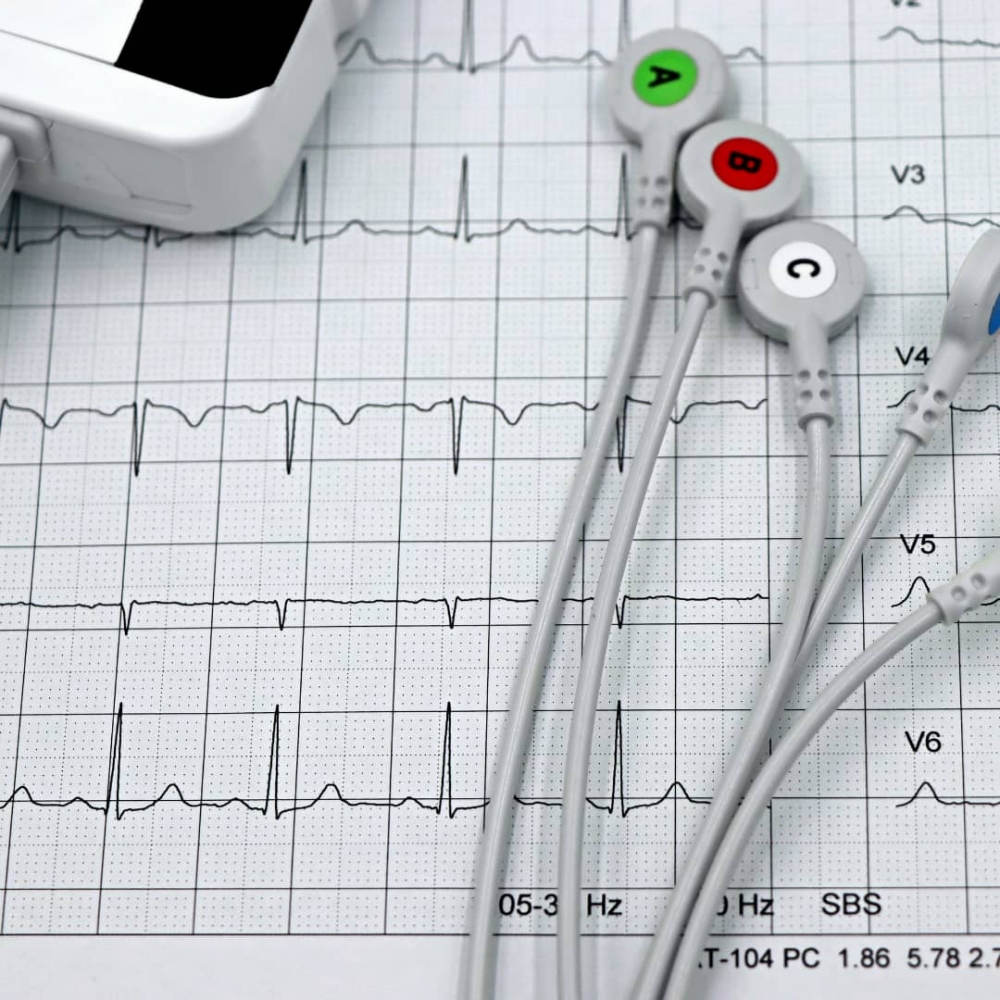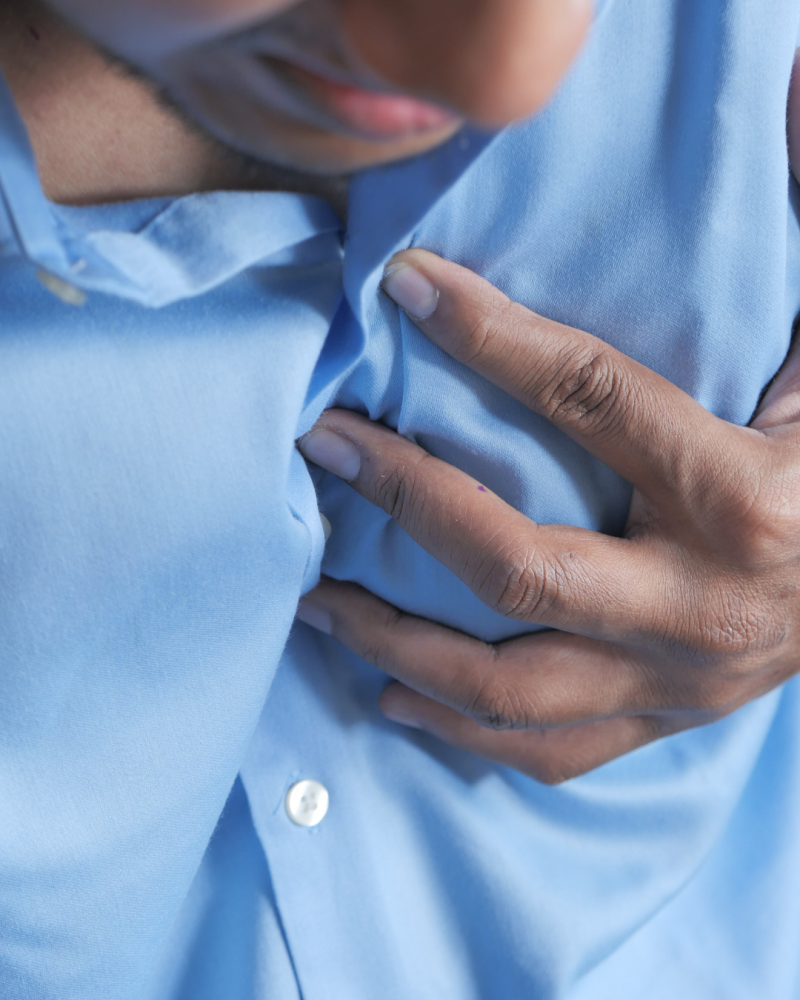How seniors can benefit from physical exercise

Exercising and staying active are not necessarily something one relates with the elderly, who are often perceived as not being able to participate in high-energy events as they are more susceptible to injury.
In truth, those in their golden years should participate in regular physical activity, and can even benefit from incorporating muscle-strength training in their daily routines. These counteract the weakness and frailty experienced by the elderly, although they may still experience orthopaedic conditions owing to the reduced healing rate of muscles, loss in muscle mass, and reduction in bone density.
Still, the recovery rate for conditions such as osteoarthritis, fractures, joint dislocation, and osteoporosis can be boosted with exercise, said Dr Ng Swee Soon, consultant orthopaedic surgeon at a medical centre in Kuala Lumpur.
“Individuals with joint problems can still work out safely – in fact, it will help them maintain their joint health and improve muscle strength,” he shared. Exercises they could do include regular walks, stretches, and low-impact routines such as tai chi. “Start simple and light to prevent injuries, then increase the intensity as your general condition and fitness improves.”
He advised, however, to be wary of heart or lung diseases that could limit one’s ability to exercise. Consult your attending doctor if in doubt, or see a physiotherapist or physical trainer to formulate an exercise plan.
Ng noted that the elderly should always listen to their body: while there might be minor pain and strains following exercise at the start, prolonged pain must be followed up with one’s doctor.
He also highlighted that there are ergonomic adjustments that can be made in homes to help the elderly maintain quality of life. “Modifying a home ensures it is not a danger to one’s safety and health when physical abilities change,” he said.
For example, floors should be kept dry and have safety features such as non-slip mats; and handrails can be installed in slippery areas such as the bathroom or uneven places such as stairs.

Exercise also strengthens one’s heart and improves circulation. Consultant cardiologist Foo Yoke Long shared that increased blood flow raises oxygen levels in the body, in turn lowering the risk of issues such as high cholesterol, coronary artery disease, and heart attacks.
Regular physical activity can boost strength and endurance, leading to improvements in heart and lung health, and provide more energy to tackle daily activities.
“It is safe for most adults over 65 years old to exercise,” he said, “and even most patients who have chronic illnesses can exercise safely. These include heart disease, high blood pressure, diabetes, and arthritis, many of which are improved with exercise.”
Some elderly persons might be hesitant to undertake physical exercise after a heart procedure, but Foo says being active can actually strengthen the heart and aid recovery.
Patients can go through cardiac rehabilitation, which is a structured programme of exercise to help one recover from a heart attack or other cardiac events including heart failure, angioplasty, and bypass surgery.
Foo added that seniors don’t have to worry about their bodies not responding to exercise the way they used to when they were younger. “Getting back into shape looks different at every age, so don’t get too hung up on achieving the level of fitness you experienced decades ago. Instead, talk to your doctor about a sustainable form of exercise you can safely complete a few times a week.
“And, most importantly, listen to your body and be aware of your own limitations,” he said. “It is not uncommon for early motivation to lead to overexertion, especially if you have not exercised in a while.”
KembaliSuggest to Read
